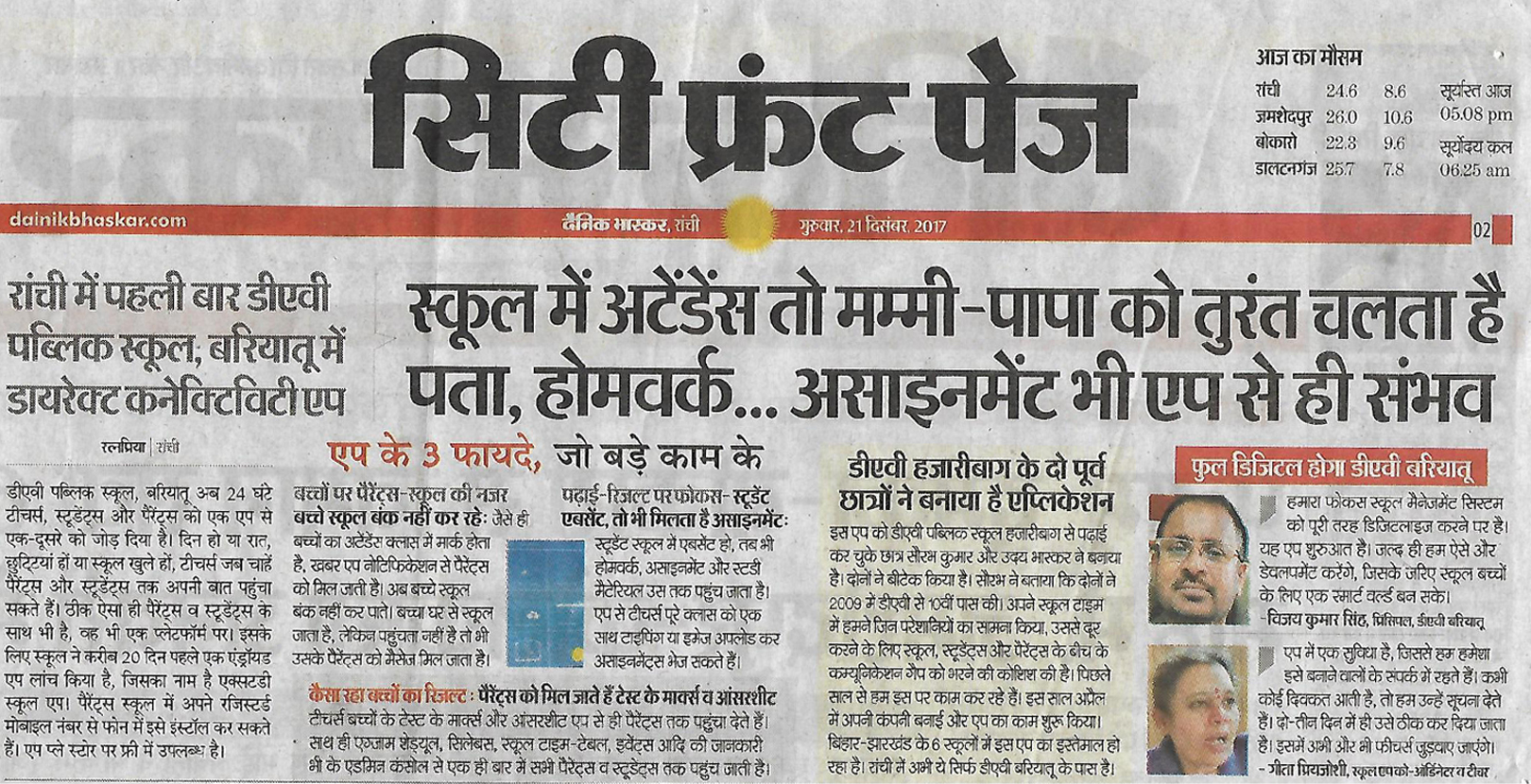
Critical thinking has no precise definition which can be pervasively accepted, and a lot of people have defined it differently, but one of the ways it can be defined is that "critical thinking is merely the ability to understand why things are the way they are and to understand the potential consequences of actions." It might be elucidated as the ability to engage in unfettered and reflective thinking. It is one's personal way of wriggling out of the clenches of difficult choices. It requires one to use their ability to reason. Today students are consistently bombarded with a plethora of content and information, particularly from digital sources be it social media or television or the internet, peers, and family of course. It briskly becomes apparent that they need to learn to gauge the types of information they come across daily so that they can differentiate between the good and bad and gaze beyond the deceptive appearances. Critical thinking is of facts to form a judgment. The subject is complex, and definitions possessing multitudes of meanings exist, which generally include the rational, skeptical, unbiased analysis, or evaluation of factual evidence. Critical thinking becomes all the more important to ensure that a person doesn't turn out to become a pen drive that stores all the information but doesn't use it or question its existence in its first place. It saves a person from becoming meekly obedient who blindly adheres to ever told. Albert Einstein once said "The important thing is not to stop questioning. Curiosity has its own reason for existing" Critical thinkers thoroughly question ideas and assumptions rather than accepting them at face value. Critical thinking posses elements such as Reflection, Analysis, Acquisition of information, Creativity, Structuring arguments, Decision making, Commitment, Debate. Developing critical thinkers in the classroom is indispensable to building a classroom full of enthusiastic and motivated learners. Who exactly is a "critical thinker"? Critical thinkers don't just think clearly or rationally; they use skillful analyzing, assessing, and reconstructing to make decisions daily. When we develop critical thinkers, this happens coherently. People who think critically consistently attempt to live rationally and plausibly."Students who master their critical thinking skills are able to differentiate between which influences will impact their personality in righteous ways and which influences will not. But how do we develop critical thinkers in the classroom? Let's penetrate into a few simple strategies to develop critical thinkers in your classroom:
1) KEEP IT INTERROGATIVE
Asking open-ended questions( i.e the questions which do not have answers as a simple yes or no) as well as creating situations that urge learners to ask questions makes them critical thinkers seamlessly. Questioning What? Why? How? about every content they come across not only makes them critical thinkers but also better learners. Open-ended questions are an effective way to challenge your students and learn more about how they think. They encourage extended responses and allow your students to reason, think, and reflect. Some examples of open-ended questions include, "What do you think... ?" and "How did you decide... ?".
2) PRESENT A PROBLEM
Problem solvers often take control of their own learning and persevere when faced with adversity. The primary proven perk of teaching learners problem-solving skills is that their accomplishments, confidence, and mathematical abilities, as well as other curricula, paces up rapidly. The prime reason for this is that problem solving imparts learners with the propensity to view a situation from multiple viewpoints using critical and analytical thinking. By being a more critical thinker students can better foresee outcomes of a given situation which allows them to decide what pathway to the desired solution would be most prompt and effective.
3) CATEGORIZING THE THOUGHTS
It is absolutely essential that your students know how to organize even their most erratic thoughts. This is where categorizing thoughts come into the picture. As they implement sorting their thoughts and ideas into specific groups, they will be able to evaluate which ones will work the best for them. Without teaching the ability to classify thoughts, as teachers you would be generating just an army of a bunch of like-minded, submissive learners who would have a robotic sense of learning.
4) EVALUATING THEIR COEVAL (classmates)
Evaluating their friend's work or peer assessment can be defined as a situation wherein students assess each other's work against pre-decided assessment criteria instead of the traditional approach wherein the teacher asses each student's work. In doing so, your students might be encouraged to learn more deeply, building up their understanding, rather than just their knowledge of the facts, as well as gaining an insight into their own approach to an assessment task in comparison to their peers. You may find that peer assessment is particularly useful in aiding your students to develop judgment skills, critiquing abilities, and self-awareness.
5) ENCOURAGE COLLABORATION
Collaborative learning makes students with different backgrounds, race, or upbringing, to work together. They come together in a setting that maybe would not be possible if it were not for collaborative learning. In order to solve a project’s given problem, children need to communicate. They are able to hear different opinions and learn more about different cultures. This methodology is ideal for children that have difficulties in a social setting the best learning happens when children are actively involved in a project. It is an approach that encourages students to create groups and work together to solve a given problem. The right mix of teamwork and collaborative learning can help a learner indulge the requisite critical thinking abilities.




